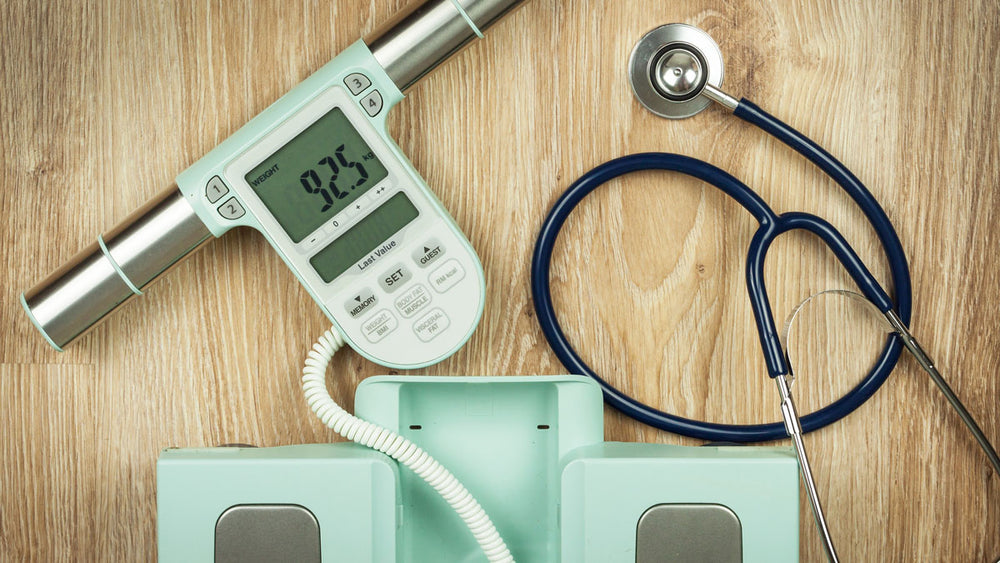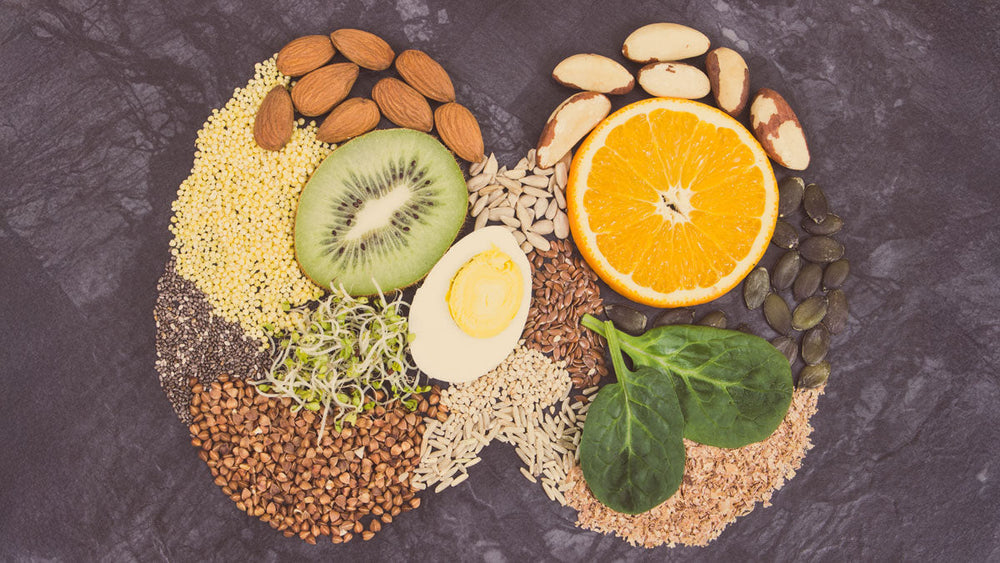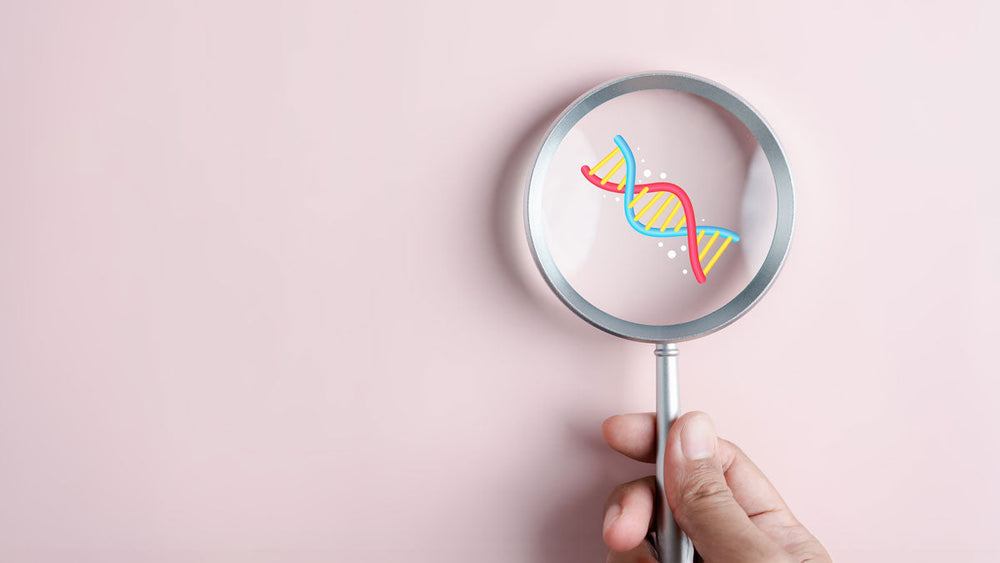Since the 1980s, obesity has emerged as the most prominent chronic disease afflicting developed nations.
Current estimates define more than 40% of US adults as obese.
Obesity is linked to a plethora of health risks, including heart disease, hypertension, diabetes, some cancers, and early mortality. Obesity is also linked to a higher incidence of GERD, IBS, pancreatitis, and liver disease.
Measuring Obesity – the Imperfection of Tools
Given the prevalence of obesity and the impact it has on overall health, the measurement of obesity is fairly crude and imprecise in most medical settings. Physicians typically assess their patients’ obesity through the measurement of Body Mass Index (BMI). Body Mass Index is the ratio of one’s weight in kilograms divided by their height in meters, squared. Optimal BMI is rated as 18.5-24.9 kg/m2, with BMIs > 25 categorized as “overweight” and BMIs >30 categorized as “obese”.
This is an imperfect system for several reasons.
For one, BMI does not distinguish fat mass (composed of lipids) from fat-free mass (composed of water, proteins, and bone mineral). The BMI assumes that any body weight above average is composed of fat mass. For the population as a whole, this is a good assumption, but on a case-by-case basis, BMI can wildly misclassify muscular, but lean individuals, who are not at a higher risk of early mortality. For example, one (2-time All-American!) college football player I measured had a BMI of 35, which would classify him as “grade II obesity”. This BMI is a criterion that would make him a candidate for the prescription of obesity-treating drugs. In reality, he was very lean (<10% body fat) and muscular.
A second problem with BMI is how the actual measurement is taken. Body weight measures in many clinics are taken with little consistency. Differences in seasonal clothing (heavy coats and sweaters in the winter, light clothes in the summer) and personal items (cell phone, wallet, keys) can produce 5-10lb variations in your weight on a scale.
Body Composition Measurement- not perfect, but better
So, is there a better way? Measuring body fat directly is impossible without dissection. Rather, we have several technologies available that allow for the estimation of percent body fat. Percent body fat is simply the ratio of fat mass to overall mass, with healthy values ranging from 8-25% for men and 20-38% for women.
Skinfold and bioelectrical impedance analysis are two of the most accessible (i.e. cheapest to obtain) methods that allow for the estimation of percent body fat.
Skinfolds consist of pinching the skin at three or more defined anatomical sites using a measuring device called a caliper (the cheapest of which costs ~$30). A skilled technician can reliably estimate the percent fat using skinfolds with an accuracy of ±3.5%.
Bioelectrical impedance (BIA) estimates the percent fat, by sending a low-amp (you can’t feel it) electrical current through the body to estimate its fat. The BIA method has the benefit of not requiring a skilled operator to obtain results. Several BIA devices are available on the market, ranging from fairly cheap consumer models that cost ~$50 to multi-frequency, research-grade scanners that cost over $20,000.
Happily, cheaper BIA devices perform quite favorably when compared to the research-grade models, and the accuracy of BIA is on par with skinfolds, though care must be taken to ensure a consistent level of hydration during consecutive measurements.
There is no perfect way to measure percent body fat, as all devices have some level of measurement error. Nonetheless, body composition measurements can be valuable. The best use of body composition measures is to track changes over time, using a consistent method and taking care that you are in a consistent state (hydration). While not perfectly accurate, body composition measurements are consistent, meaning they can show true changes in fat mass. This can add a valuable metric to ensure your health, way better than a bathroom scale!
- Centers for Disease Control and Prevention (CDC). National Center for Health Statistics (NCHS). National Health and Nutrition Examination Survey Data. Hyattsville, MD: U.S. Department of Health and Human Services, Centers for Disease Control and Prevention, 2018
- Jakicic, J. M., Rogers, R. J., & Donnelly, J. E. (2019). The Health Risks of Obesity Have Not Been Exaggerated. Medicine and science in sports and exercise, 51(1), 222–225.
- El Assar, M., Álvarez-Bustos, A., Sosa, P., Angulo, J., & Rodríguez-Mañas, L. (2022). Effect of Physical Activity/Exercise on Oxidative Stress and Inflammation in Muscle and Vascular Aging. International journal of molecular sciences, 23(15), 8713.
- Pescatello, Linda S. 2014. ACSM's Guidelines for Exercise Testing and Prescription. Philadelphia, Wolters Kluwer/Lippincott Williams & Wilkins Health.
- Carrion, Benjamin M.; Wells, Ashley; Mayhew, Jerry L.; and Koch, Alexander J. (2019) "Concordance Among Bioelectrical Impedance Analysis Measures Of Percent Body Fat In Athletic Young Adults," International Journal of Exercise Science: Vol. 12 : Iss. 4, Pages 324 - 331.


















Comments
Join The Conversation...